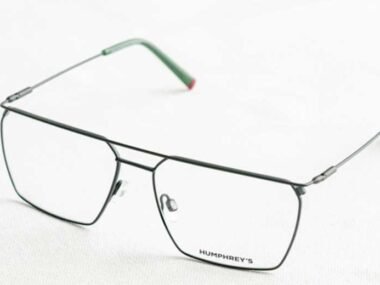Beauty blogs are everywhere, offering tips, tricks, and trends that promise to change your skincare and makeup game. However, not all beauty blog advice is trustworthy. Myths often spread, leading to wasted time, money, and sometimes even damaged skin. For example, one common misconception is that natural ingredients are always better. By the end of this article, you’ll know how to identify and avoid these false claims. If you want the best skincare advice, keep reading as we uncover the truth about seven popular myths found in the beauty blogosphere.
1. Natural Ingredients Are Always Better
It’s easy to assume that natural ingredients are safer and more effective than synthetic ones because many beauty blogs promote this idea. However, not all natural substances are good for your skin. Lemon juice, for instance, can cause irritation and photosensitivity, while coconut oil often clogs pores. On the other hand, synthetic ingredients are carefully formulated to address specific concerns, such as reducing wrinkles or fighting acne. A balanced approach works best. Instead of falling for this beauty blog myth, focus on researching ingredients and choosing products suited to your skin type and needs.
2. Expensive Products Work Better
Luxury beauty blogs often highlight high-end products, leading people to believe that price equals quality. In reality, effectiveness depends on ingredients, not cost. Affordable brands like CeraVe and The Ordinary offer top-notch formulas that rival those of luxury labels. For example, a $10 hyaluronic acid serum can deliver the same hydration as a $100 luxury serum. While some expensive products are worth the splurge, others rely on marketing and fancy packaging. Don’t let this beauty blog myth empty your wallet—do your research and read reviews before spending big.
3. You Need to Follow a 10-Step Skincare Routine
The 10-step skincare routine gained traction thanks to beauty blogs promoting K-beauty trends. While it works for some, it’s not necessary for everyone. Overusing products can irritate your skin or lead to breakouts. A simple, tailored routine—cleanser, moisturizer, and sunscreen—is enough for most people. Targeted treatments, like serums or exfoliants, can be added as needed. Instead of mimicking a beauty blog routine blindly, pay attention to what your skin actually needs. Remember, quality trumps quantity when it comes to skincare.
4. Oily Skin Doesn’t Need Moisturizer
A common myth spread by beauty blogs is that oily skin doesn’t need moisturizer. Many assume adding moisture will make skin greasier, but this isn’t true. When oily skin becomes dehydrated, it produces more oil to compensate, creating a vicious cycle. Opt for lightweight, non-comedogenic moisturizers that hydrate without clogging pores. Products with hyaluronic acid or aloe vera work particularly well. By moisturizing daily, you can help balance your skin and reduce excess oil. A good beauty blog will always emphasize this vital step.
5. Makeup Causes Acne
Many beauty blogs claim that makeup causes acne, but this is only partly true. Breakouts are often linked to factors like hormones, genetics, or poor skincare habits, not makeup itself. The real issue lies in hygiene. Dirty brushes, expired products, or failing to remove makeup properly can lead to clogged pores. Look for non-comedogenic makeup, clean your brushes weekly, and always remove your makeup before bed. A reliable beauty blog will emphasize these practices instead of discouraging makeup entirely.
6. Sunscreen Is Only for Sunny Days
Some beauty blogs focus on sunscreen during summer, but protecting your skin from UV rays is a year-round necessity. UV rays can penetrate clouds and windows, causing premature aging and even skin cancer. Broad-spectrum sunscreens with SPF 30 or higher are ideal for everyday use. Lightweight formulas make it easy to wear sunscreen without feeling greasy. Consistent use of sunscreen prevents dark spots, fine lines, and other signs of damage. A trustworthy beauty blog will highlight sunscreen as a daily essential, regardless of the weather.
7. You Should Stick to One Brand for All Your Skincare Needs
Beauty blogs often suggest loyalty to a single brand for simplicity, but this can limit your options. Different brands excel in different areas—one may offer the best cleanser while another provides a superior serum. Building a skincare routine based on your specific needs is more effective than sticking to one brand. For example, you could combine a La Roche-Posay sunscreen with a Paula’s Choice exfoliant and a CeraVe moisturizer. Instead of following this beauty blog myth, focus on finding products that work well for you, regardless of the brand.
Wrapping Up
The beauty blog world is full of advice, but not all of it is accurate. Myths like “natural is always better” or “makeup causes acne” can lead to confusion and ineffective skincare choices. By learning the truth behind these myths, you can save money, avoid skin issues, and build a routine that truly works. Always question sensational claims and rely on evidence-based advice. Which of these myths surprised you the most? Share your thoughts in the comments, and let’s uncover more truths together.










